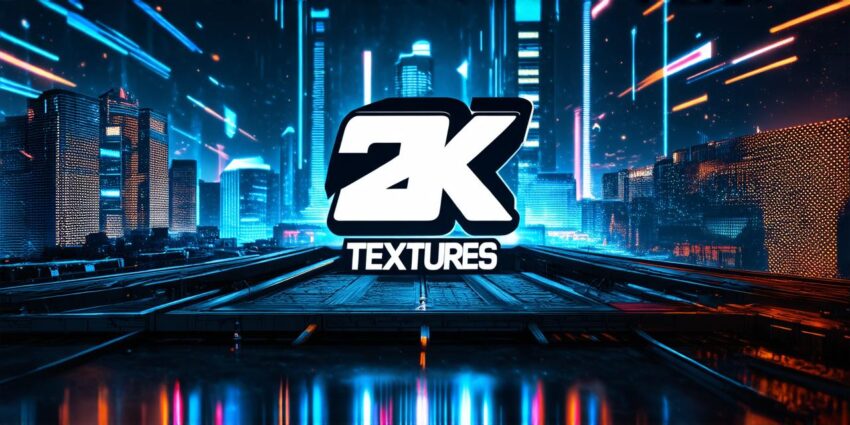Advantages of Unreal Engine for Visual Effects
1. Realistic Rendering: One of the biggest advantages of Unreal Engine is its ability to create photorealistic rendering. This means that the images created with Unreal Engine look like they were taken with a camera, rather than being computer-generated. This is achieved through the use of advanced shaders and lighting systems that can accurately simulate real-world materials and lighting conditions.
2. Flexibility: Unreal Engine is incredibly flexible, allowing artists to create anything from simple 3D models to complex environments with ease. This makes it a great tool for creating visual effects, as it allows artists to quickly prototype and iterate on ideas without the need for extensive setup or configuration.
3. Large Community: Unreal Engine has a large and active community of users who constantly contribute new tools, plugins, and assets that can be used to create even more impressive visual effects. This means that there is always something new and exciting to discover when using this software.
4. Integration with Other Software: Unreal Engine can be integrated with other software such as Maya, Blender, and 3ds Max, making it easy for artists to bring their work into the engine and continue working on it in real-time. This is particularly useful for creating complex visual effects that require collaboration between different teams of artists.

5. Advanced Post-Processing: Unreal Engine includes a range of advanced post-processing features that can be used to add additional effects such as color grading, lens flares, and depth of field to your images. These features allow artists to achieve the look they want without having to use external software.
Disadvantages of Unreal Engine for Visual Effects
1. Learning Curve: One of the biggest disadvantages of Unreal Engine is its steep learning curve. This software requires a significant amount of time and effort to master, which can be off-putting for some artists who are used to working with more user-friendly tools.
2. Performance Issues: Unreal Engine can be resource-intensive, particularly when dealing with complex 3D environments and animations. This can lead to performance issues, such as slow rendering times and crashes, which can be frustrating for artists who are trying to work on tight deadlines.
3. Limited Scripting Capabilities: Unreal Engine has limited scripting capabilities compared to other software like Maya and Blender. This can make it difficult to automate certain tasks or create complex animations that require a lot of custom code.
4. Expensive: Unreal Engine can be expensive, particularly when used in a production environment where multiple licenses are required. However, there are free alternatives available for small-scale projects or educational purposes.
5. Limited Realistic Rendering: While Unreal Engine is known for its photorealistic rendering, it may not always produce the exact look that an artist is looking for. This can require a significant amount of post-processing work, which can be time-consuming and resource-intensive.
Summary
In conclusion, Unreal Engine is a powerful tool for creating visual effects that can produce stunning results with the right setup and configuration. Its ability to create photorealistic rendering, flexibility, large community, integration with other software, and advanced post-processing features make it an attractive option for artists looking to create complex 3D environments and animations.
